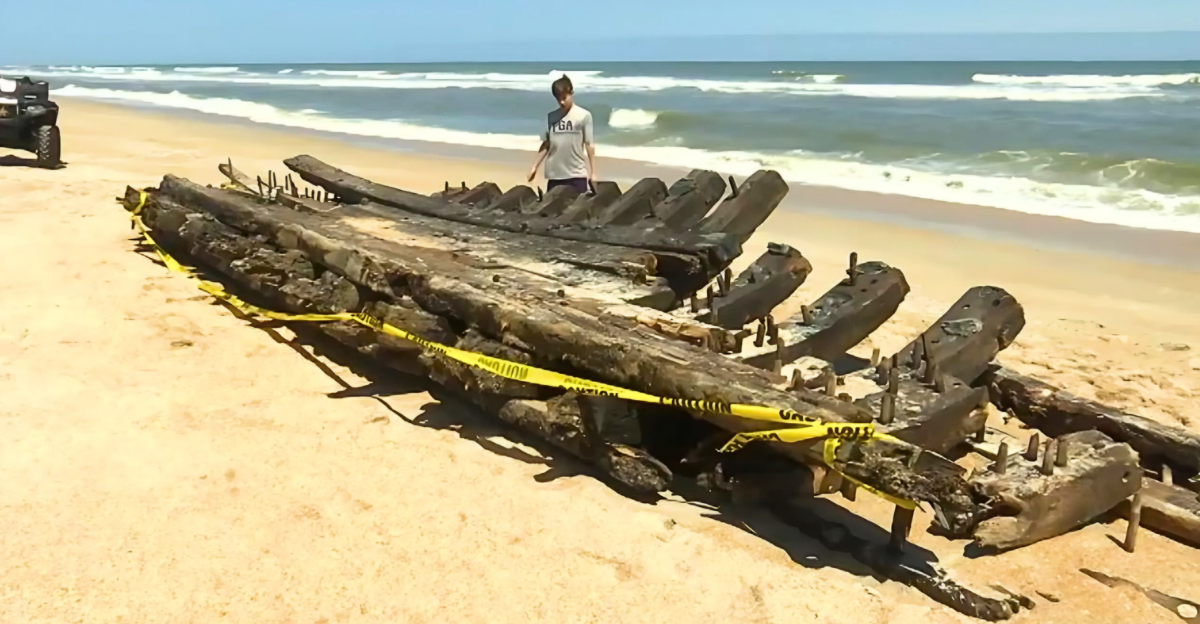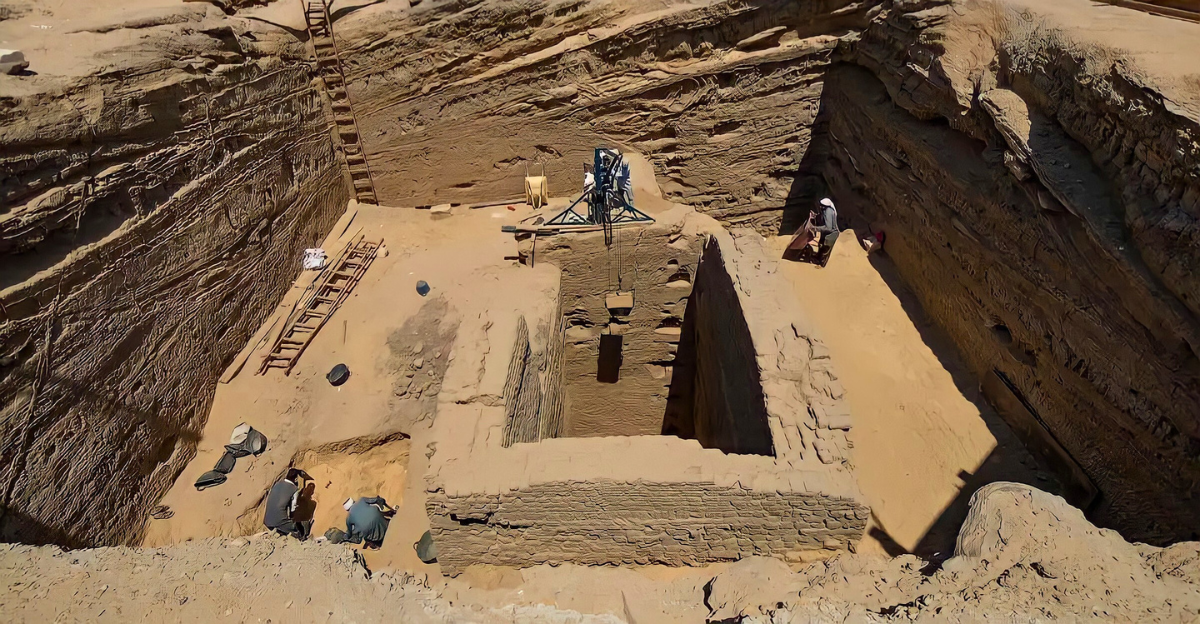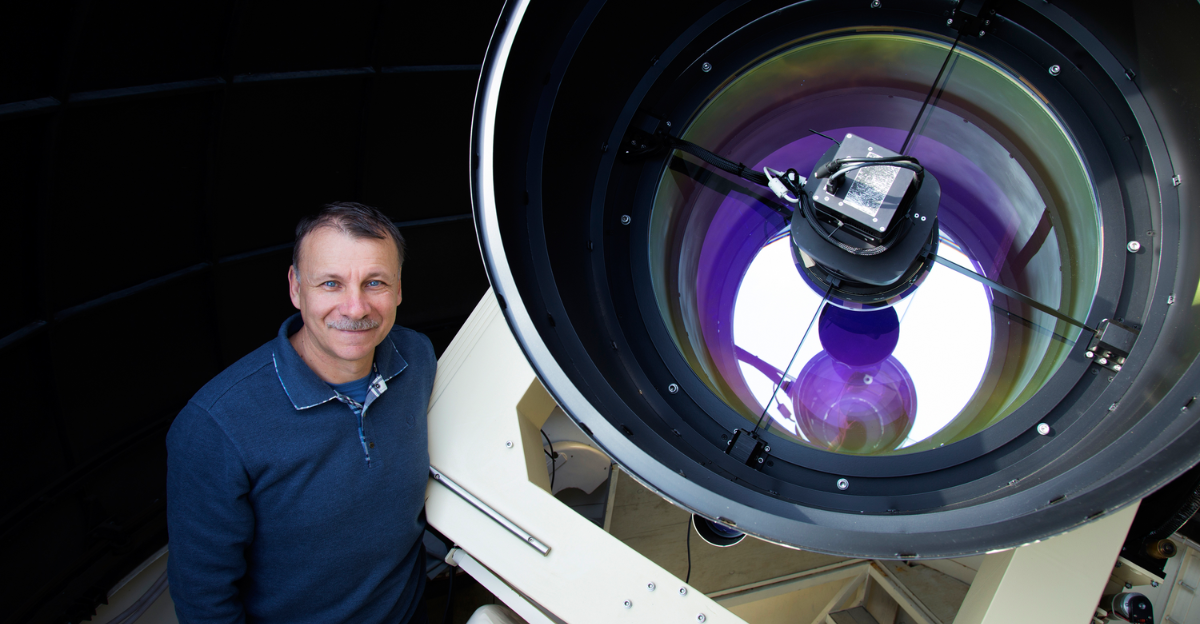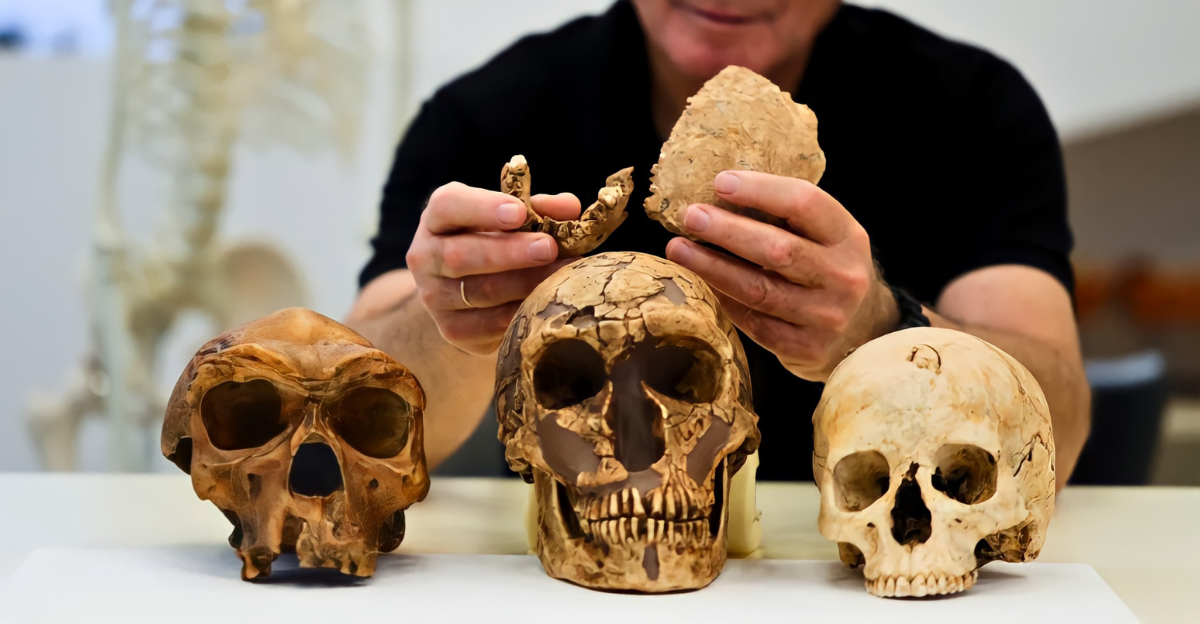
In the heart of Birmingham, hobbyist Brandon Nicholas engages in what he fondly calls “amateur urban archaeology.” Armed with steel rods measuring 1.8 meters, he explores vacant lots and creek banks, dropping as deep as 15 feet into soil layers last disturbed during World War I.
His efforts are not merely for profit; he rescues bottles like Hutchinson-stoppered sodas and straight-side Coca-Colas, which collectors can pay up to $10,000 for. “I don’t do it for the value; I do it for the history,” he insists. Each bottle he discovers is a tangible connection to Birmingham’s forgotten lunchtime counters and the mill workers of the early 1900s. As he continues to unearth these relics, the thrilling fusion of history and potential profit keeps his shovel swinging.
Buried Secrets Waiting to be Unearthed
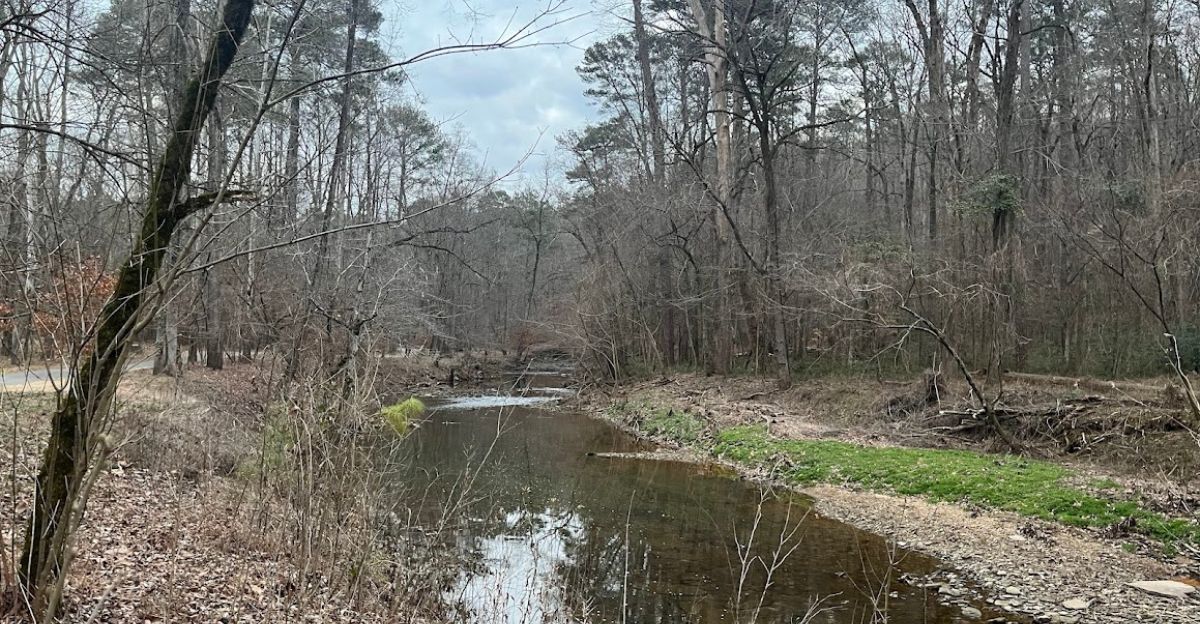
The hills of Jefferson County conceal entire refuse pits that were sealed off when municipal waste collection started in 1919. Recently, a site mistaken for ordinary fill dirt was rediscovered thanks to Nicholas’s innovative use of ground-penetrating radar. This site revealed embossed medicine vials, intact soda blobs, and remnants from long ago. “It was like stumbling upon a treasure chest,” says Nicholas, enthralled by what lay beneath.
According to independent travel outlet SplashTravels, this ravine had been forgotten for a century, making each shard unearthed a pristine time capsule of the past. The episode emphasizes how Alabama’s rapid growth buried its historical artifacts, waiting for hobbyist diggers to bring them back into the light before construction projects erase them forever.
The Bottling Boom of Birmingham

Between 1890 and the onset of Prohibition, greater Birmingham was home to over forty bottling companies, ranging from Birmingham Bottling Works to East End Drug Co. Local historians estimate that only 75 to 100 examples of the city’s coveted Hutchinson-Coca-Cola bottles survive today, each bearing unique flowing script crafted in molds from the Root Glass Company.
Discussion threads on BirminghamHistory.co.uk vividly describe layers of 1910s dump sites “two feet thick with straight-side Cokes and ginger beers.” This testimony reflects the area’s booming population, which surged 700 percent within three decades. As modern diggers sift through the discarded glass, they piece together Alabama’s industrial adolescence, revealing the street-car suburbs, mill towns that once thrived, and the industrious workforce that fueled them.
Legal Landscape of Digging in Alabama

Navigating the legalities of bottle digging in Alabama can be tricky. Under the Antiquities Act, the state reserves the “exclusive right” over aboriginal mounds and state-owned land. However, Section 41-3-1 grants landholders discretion over artifacts found on private property. This creates a legal gray area that gives hobby diggers significant freedom, as long as they have permission from the landowner and steer clear of human burials.
“It’s a fascinating mix of rights and responsibilities,” explains local archaeologist Dr. Emily Carter. Violators probing on state land can face fines up to $1,000 per object, yet a simple dig in a farm-field dump, conducted with proper permission, remains fair game. This framework manages to protect sacred Native sites while allowing collectors the opportunity to salvage everyday relics before they are lost to time.
Unearthing Treasures on a Spring Day

Everything changed for Nicholas on April 14, 2024. While probing one site, he hit a layer of crunchy ash six meters down, igniting his excitement. Minutes later, he pulled up a mint-condition Birmingham Hutchinson bottle, its stopper intact, alongside a straight-side Coke heel-script dated before 1915. “It was a moment I will never forget,” recalls Nicholas, who appreciates the historical significance of such finds.
The records from LiveAuctioneers indicate that similar Birmingham Hutchinson bottles sold for between $1,200 and $2,400 in 2022, solidifying the market value of this haul. Also found in the dig were a cobalt Dr. King’s New Discovery cure bottle and a frog-gig, revealing that locals of the time tossed their medicine and supper into the same pit. The dig yielded 37 saleable pieces, many of which are now cleaned and ready for display, while duplicates will help fund new camera gear for future explorations.
The Ripple Effect on Local Tourism

Nicholas’s explorations resonate far beyond his digs. Tourism officials assert that stories like his contribute significantly to a burgeoning heritage economy in greater Birmingham. In 2024, Birmingham recorded a record visitor impact of $2.57 billion, reflecting a 2 percent increase year-over-year. Events like “industrial-era bottle tours” and attractions like the Sloss Furnaces and the civil rights trail have been highlighted.
The Convention & Visitors Bureau argues that grassroots discoveries enhance the city’s narrative, enriching visitors’ experiences. When collectors publish coordinates post-dig, local museums often take the opportunity to retrieve context pieces for educational kits, effectively transforming trash into valuable teaching tools. “Every bottle tells a small-business story,” notes tourism vice-president Jyl Sharp. “And visitors crave those micro-histories.”
A Family Affair in the Digging Community

Brandon Nicholas rarely navigates the world of bottle digging alone. His wife, Miranda, is often by his side, carefully scouring spoil piles for shard jewelry, while their five-year-old daughter splashes nearby, collecting marbles in her hand. “It’s become our bread and butter as a family,” Nicholas shares, underscoring how this hobby seamlessly blends work and family time. The family operates with a rhythm: Dad drops dirt, Mom finds glass, and their daughter enjoys the excitement of potential treasures.
Of course, risks lurk cave-ins, glass cuts, and occasional encounters with an irate landowner. Yet mentorship from experienced diggers helps navigate these challenges. “Network at antique bottle shows before you sink a spade,” advises Nicholas to newcomers, echoing tips passed down from his father, a bottle hunter in the 1970s.
The Thriving Collectors’ Market

The antique glass market reflects a cyclical nostalgia, with prices fluctuating based on the demand and rarity of finds. According to Yahoo’s 2024 bottle price list, straight-side Cokes average about $95 nationally, while “town-embossed Hutchinsons” with Southern provenance can fetch four-figure sums. In July 2022, a Birmingham Hutchinson bottle commanded an impressive $2,100 at LiveAuctioneers after 17 bids, signaling sustained collector interest.
Dealers point to three primary drivers behind this trend: the limited number of surviving bottles, the rich history each piece embodies, and the personal connections collectors feel with their finds. The excitement of discovery fuels this bustling market, allowing fortunes to be made while preserving local history and stories.
Community Bonds through History

The quest for historical artifacts links an entire community bringing together collectors, hobbyists, and even local historians. Conversations flow as individuals share stories of their latest digs, and local antique shows become gathering places for knowledge exchange. “Every find has its own story, and these stories unite us,” says lifetime collector Harold Baker, who has spent over two decades hunting for historical relics.
As collectors publish their findings and connect through online platforms, an organic community forms, sharing tips and offering guidance to new enthusiasts. This camaraderie fosters a richer understanding of local heritage and nurtures a culture of preservation, contributing to a collective effort to safeguard Birmingham’s buried history and craft a shared narrative.
A Legacy of Discovery

As Brandon Nicholas reflects on his experiences, he sees himself as more than just a collector; he is a custodian of Birmingham’s history. Understanding the delicate balance between discovery and preservation, he hopes that future diggers will honor the stories these abandoned bottles tell. “The thrill of the hunt is one thing, but the history that drives us,” he says, passionately recounting tales of finds passed down through generations.
Each bottle uncovered is more than just glass; it’s a tangible link to a long-time legacy waiting to be honored and shared. As interests in heritage grow, the hope remains that the treasures beneath Birmingham’s lawns will inspire future explorers to continue this vital work, keeping the city’s rich history alive for years.

